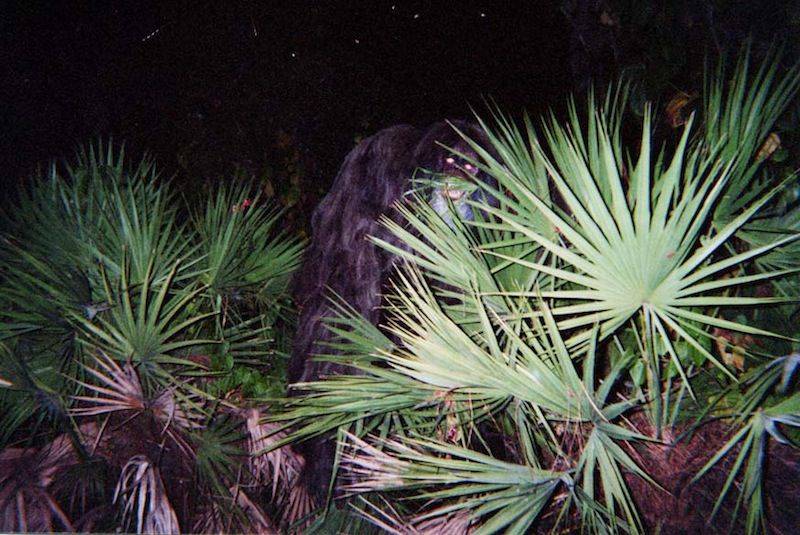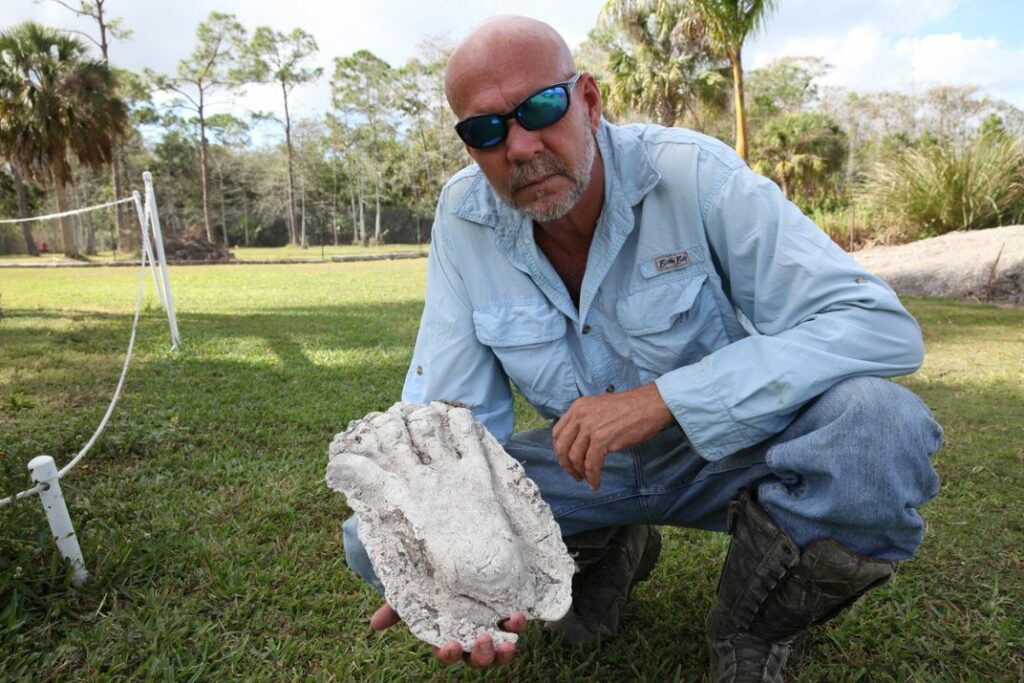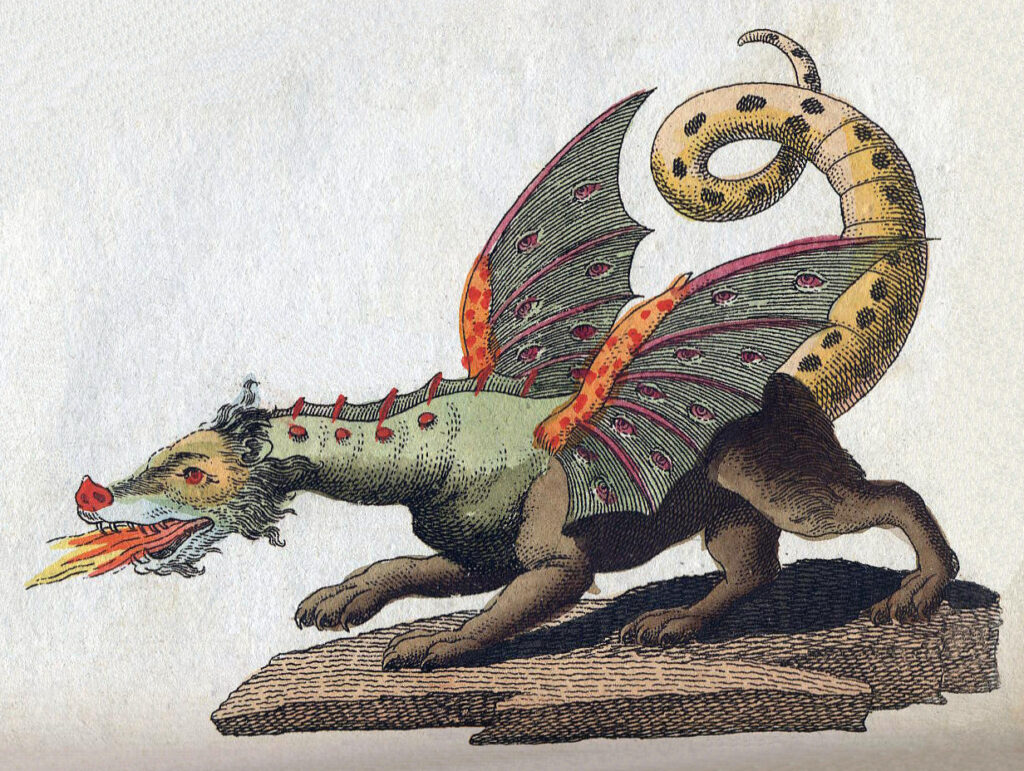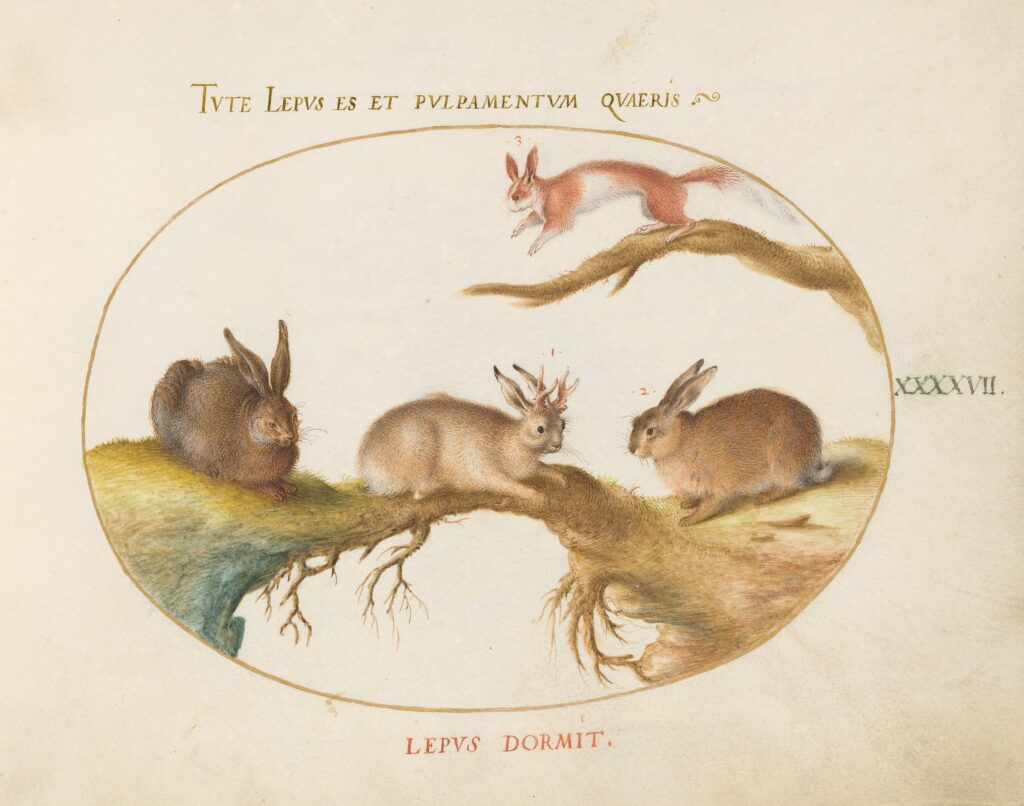Covering large swaths of central and south Florida, the Everglades is a very special sub-tropical ecosystem. There are two million acres of habitat that includes cypress swamps, wet prairies, and miles and miles of mangroves.
Within this immense watery land exist a number of endemic and rarely-seen species. For example, turtles, alligators, and snakes crawl and slither beneath the surface of the murky waters. Dozens of species of mammals and hundreds of species of birds also call the Everglades their home.
The National Wildlife Federation website even lists the highly endangered West Indian Manatee and the Florida panther as two creatures who you could theoretically come across within this special ecosystem.
Yet there is one creature that you won’t find listed on any government or organization’s website, despite the fact that South Florida residents have been reporting sightings for decades. The creature I’m talking about is none other than the highly elusive, highly controversial… Skunk Ape.

Origins of the Skunk Ape
Similar to Bigfoot, the Skunk Ape may have originated from centuries-old indigenous stories about Sasquatch. According to some, that history dates back to the indigenous peoples who called the Everglades home long before any European settlers moved in.
However, their creature went by a different name – Esti Capcaki.
Esti Capcaki was an extremely tall, hairy, cannibalistic giant who roamed around the Everglades and stole food from the people who lived there. Now, did this really form part of the American Indian culture? Or was it an invention of the European settlers who came later?
Whatever the case, it seems that at least by the early 19th century, we have our first recorded and verifiable sighting of a giant hairy, upright creature.
The sighting comes not from Florida, but from Arkansas, where a local newspaper reported in 1818 that a “man-sized monkey” stole food from some fishermen who were camped on the banks of a river.
Sightings of the Skunk Ape Begin Again
Then in 1823, an American named David Porter recorded this sighting:
“I could see it was larger than a bear and yet clearly not a man but not unlike a large ape. When the shot fired off, the creature seemed to duck before turning and disappearing into the trees…and then, in the moments that followed, a powerful odor washed over our gathering as if a great skunk had sprayed us with its disapproval.”
https://www.countere.com/home/floridas-bigfoot-everglades-dave-shealy-legend-of-the-skunk-ape
In the 20th century, the sightings increased. In 1942, someone was driving along a dirt road when all of a sudden a hairy ape-like creature apparently leaped onto the running board of their car. It pounded on the window, and then just as suddenly, jumped off and disappeared from view.
Then a few years later, there was the “Bardin Booger” named after the town (Bardin, Florida) where it was seen on several occasions. The first of these sightings occurred when a woman was riding her horse through the woods and thought she spotted a strangely tall man in a raincoat.
As she stared at him though, she realized that what she thought was a raincoat was thick fur and that the creature it was covering was not even human.
But the year 1977 had possibly the most sightings of any other year. First, there was the bus full of tourists who all stared slack-jawed when they saw the giant hairy creature standing near a bridge.
Then there was the woman who saw a “very shaggy looking” thing jump out in front of her car as she was driving. Finally, a local police officer caught sight of something strange in Key Largo.
He gave the following vivid description:
“It had a huge head and shoulders. Long fur all over and it stank like a dirty wet dog. The noise he made was a high-pitched wailing.”
https://www.countere.com/home/floridas-bigfoot-everglades-dave-shealy-legend-of-the-skunk-ape
Since then there have been hundreds more sightings. One of the most compelling occurred in the early 2000s. In the midst of urban development, which gnawed away at Myakka State Park, a family witnessed what they could only describe as an orangutan.
Albeit, an orangutan with an unusually powerful stench. They sent a letter to the county sheriff explaining what they had seen:
“Enclosed please find some pictures I took. My husband thinks it is an orangutan. Is someone missing an orangutan? …Why haven’t people been told that an animal this size is loose? Please look after this situation. I don’t want my backyard to turn into someone else’s circus.”
https://www.smithsonianmag.com/science-nature/trail-floridas-bigfoot-skunk-ape-180949981/
They also pointed out that, “It had an awful smell that lasted well after it had left my yard.”
But of all the sightings and all of the believers over the years, there is one man who stands out.
His name is Dave Shealy.

The “Jane Goodall of Skunk Apes”
Although you can call him Dave, he likes to refer to himself as “the Jane Goodall of Skunk Apes.” And for good reason. He has been an ardent believer ever since he first saw one with his brother when he was ten years old.
It was 1974, and the Shealys were out hunting deer when all of a sudden his brother spotted something rising up over the tall grass. Dave couldn’t see, so his brother hoisted him up onto his shoulders.
There, standing about 100 yards in front of Dave, stood the creature that they had only ever heard about but never seen with their own eyes – the legendary Skunk Ape. According to Dave, the thing “looked like a man, but completely covered with hair.”
Dave would never forget that day. Over 40 years later, he still goes out searching for another glimpse of the Skunk Ape, gathering evidence to prove that the elusive creature really does exist.
And that research is mostly conducted and presented in his very own Skunk Ape Headquarters, located on his property. There, tourists go and learn all about the legendary Skunk Ape, while Dave answers any and all of the questions that they understandably may have.
The biggest question of all, however, has still not been answered: Does the Skunk Ape really exist?
Skunk Ape vs Science
According to biologists, the consensus is that because there is no real evidence of the Skunk Ape, it does not exist. Or at least, it is extremely improbable.
For one thing, no certified park staff working in and around the Everglades has ever seen a Skunk Ape to verify its existence. Plus, even with all of the motion-sensing cameras that park staff set up, nothing resembling the Skunk Ape has ever shown up on their footage.
The problem for scientists is that all of the so-called evidence that has been collected regarding the Skunk Ape comes down to some inconclusive photos, grainy video footage, and eyewitness testimony.
As convincing as these videos and photos can be for some, they fall far short of the level of proof necessary to classify a species as being real. For a creature to be considered a real species under what’s called the International Code of Nomenclature (which determines how and if new animals are named), there needs to be hard evidence that other scientists can verify.
So, if scientists are sure that the Skunk Ape is fake, what should we make of the hundreds of Skunk Ape sightings that have been reported over the years? Are they just the result of wild imagination? Or more cynically – are they a way for people like Dave Shealy to make a buck off of gullible tourists?
One National Geographic writer offers a third alternative – an escaped primate.
Is the Skunk Ape Just… an Ape?
According to this particular writer, who wrote a piece on the Skunk Ape back in 2014, there are multiple primate research facilities in South Florida. Many of these are close to where a large number of sightings have taken place.
In fact, a national park employee interviewed for that particular piece stated that he had seen escaped primates wandering the Everglades on occasion.
Now, you may be wondering why there would be so many primate research facilities near the Everglades. The answer, at least according to the president of one of these operations, is that the Florida weather makes the region perfectly suited for the animals.
In Hendry County, Florida, which abuts Big Cypress National Forest, there are at least four primate research facilities. Each one contains thousands of macaques that are used for breeding and experiments.
Recently, Hendry County has even gained international publicity for its facilities, due to activists who denounce them for cruel treatment of the animals, including inhumane practices such as electrocution.
Could one of these thousands of monkeys have been confused for a Skunk Ape? It’s certainly a persuasive theory. But for now, that answer remains as elusive as the Skunk Ape itself.

